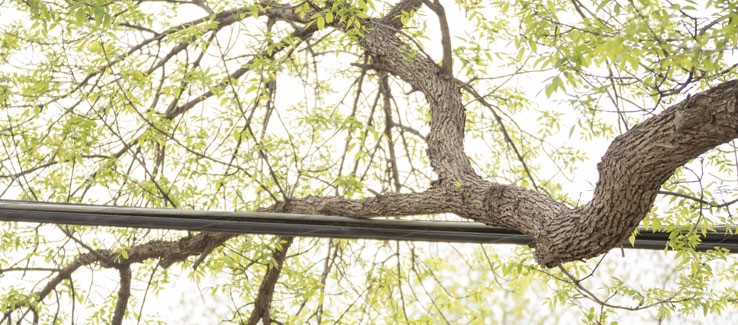The past few months have been difficult for the fields and forests all across California. To their dismay, residents have seen wooded areas die off in unprecedented levels because of drought, pest infestation and wildfires. Due to safety concerns, it is necessary to remove many trees after they die. Dead trees can create a public danger if they fall near parks, sidewalks, residences or power lines.
Loggers and tree workers use heavy equipment and dangerous power tools and work from great heights when they cut down trees. As such, the logging industry is one of the most dangerous jobs in the country. In 2015, 67 workers were killed in logging jobs.
Recently, a 35-year-old tree worker lost his life cutting down a tree outside a residence near Groveland. According to reports, the man fell about 100 feet, despite using proper climbing equipment. He died of his injuries on the way to an air ambulance. To date, authorities were unsure what caused the man’s fall, stating that he had many years of experience as a professional tree worker.
Loggers and tree workers across the country have been traveling to California in recent weeks to address the serious problem of dead and dying trees across the state. Regardless of whether they properly employ safety gear, they may face serious injuries or death due to faulty equipment or a mistake. If an injury was caused by employers failing to observe safety measures or by co-workers being negligent on the job, a worker may have cause to seek compensation.



